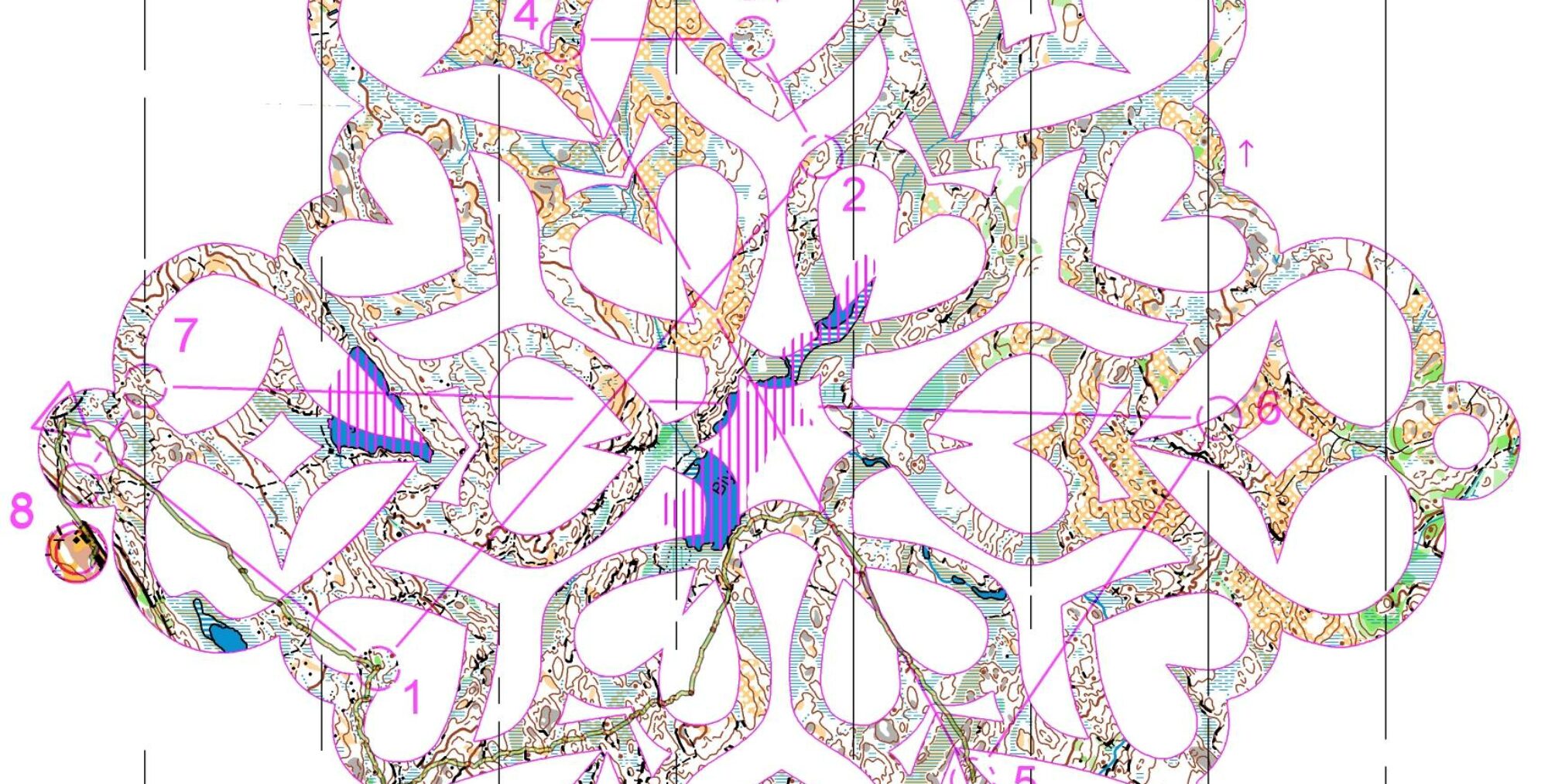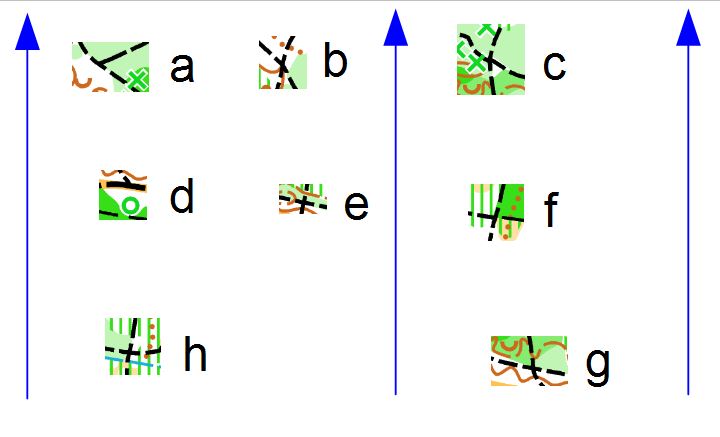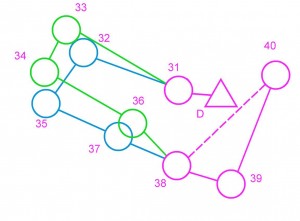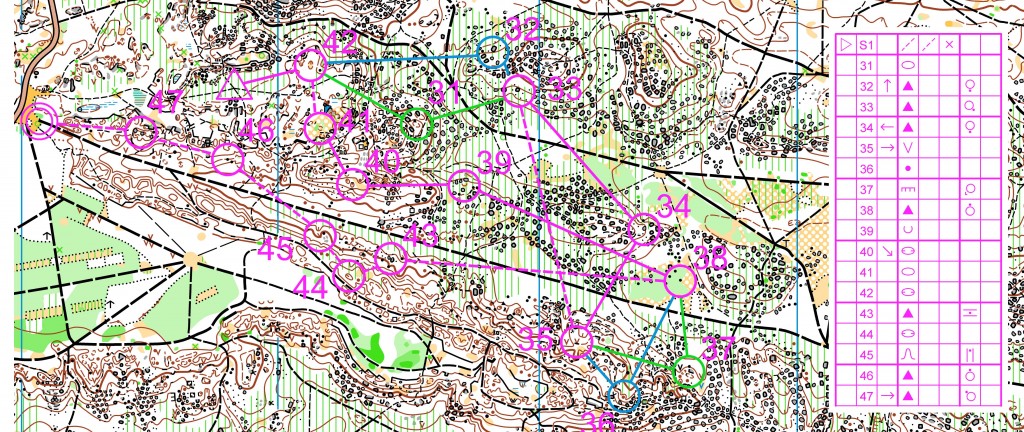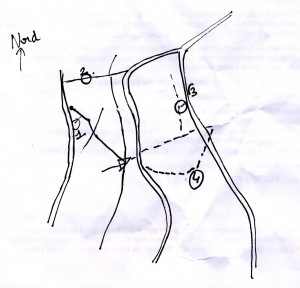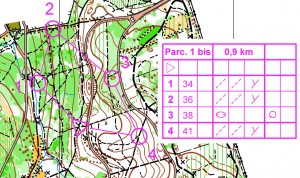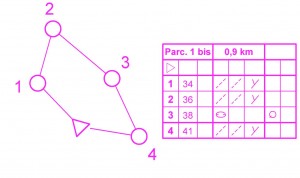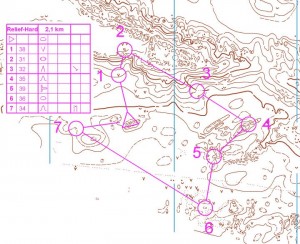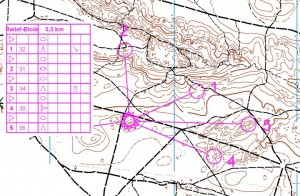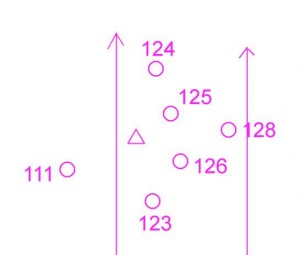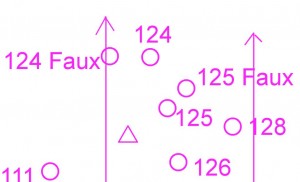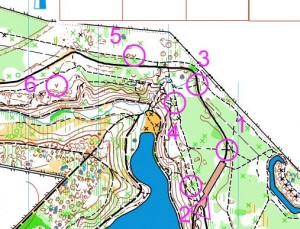Tom Thumb
Mill
Tranemo ( English )
Memorisation
Description
Plan a course and put a map of the course at each control. At the starting point, the runner memorizes the route to go to control 1. Then at 1, he memorizes the route to go to 2. He has to select only the essential elements to find the control.
Alternative
- Plan a star course, or small loops to make the exo easier
- Plan a score around the start point. Leave the map on the start. Be careful to leave a limited time for memo (10 seconds?). The purpose is to reproduce what we do during a race, not to test our memory capacity.
Comment
- Avoid planing legs, which can only be done with a compass
- The memo map attached to the control must be able to turn for orientation
Contributor
Nathalie Rauturier
